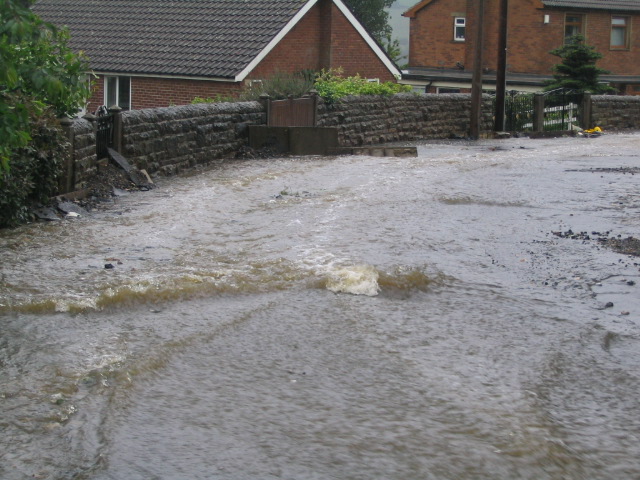Reading hydrologist Professor Hannah Cloke writes for The Conversation on why floods are such difficult beasts to pin down, despite the efforts of the brightest scientists and supercomputers.

Before you read this story, take a minute to stop and look around you. Now imagine your surroundings under two feet of dirty, sewage-filled water. If you’re at home, everything is trashed. Never mind your car, your furniture or washing machine. They will be ruined, but those things can be replaced. Think of your wedding album, soaked and spoiled. The music box your grandmother gave you, full of stinking mud.
That is the reality of being flooded. And sadly, it’s a reality that many people in the UK – in Yorkshire and Lincolnshire – have faced in the recent floods. Tragically, floodwater can also be life-threatening.
Given the huge costs to people and property when it floods, it’s a reasonable question to ask why, in one of the richest countries in the world, more cannot be done to prevent flooding. And if not prevent it, to know more precisely when and where it will hit.
As a hydrologist and a flood and hazard forecaster, I spend my life doing just that. And despite the work of some of the brightest scientists, the world’s most advanced supercomputers and the commitment of hardworking people on the ground, floods are just difficult beasts to pin down. And if you’ve ever thought that your home could never be affected, you should know that floods can happen almost anywhere, at any time.
Modelling chaos
Some of the most wonderful aspects of the UK – the changeable weather and spectacular landscape – are also what makes the country so susceptible to flooding. When beautiful river valleys and low-lying plains – as well as cities and urban areas – are inundated with persistent rain, sudden downpours or high tides with storms, flooding can quickly follow. Especially if there is an unexpected fault in the infrastructure designed to hold back water or prevent flooding, as was seen at Whaley Bridge in Yorkshire in August 2019.
In Doncaster in early November 2019, only a slight variation in a fairly typical weather system was enough to cause flooding. Cold and warm air masses regularly press against each other close to North America, creating an Atlantic storm factory. These weather systems are often fired towards Europe too by the strength and direction of the jet stream. Damp ground in the north of England is also par for the course. But add one heavy downpour, caused by a rotating weather front getting “stuck” over one area – and you have a flood.
Weather predictions have come a long way in the past few decades – today’s three-day forecast is as accurate as a 24-hour forecast was in the 1990s. But they are never perfect.
Multiply all the uncertainty within the weather forecast with all the complexity of modelling the path of water travelling through the landscape – both above and below ground – then you start to get an idea of the difficulties forecasters face. We have to take account of all the different routes through the landscape that a single raindrop might take. There are billions upon billions of different possibilities. It requires lots of assumptions.
So much for looking into the future. What about learning from the past?
Many people in flood-hit areas have said that the floods are unprecedented. Older residents have said they have never seen anything like it. But we must remember our landscape is thousands – even millions – of years old. We need to think about much longer timescales than single human lifespans. And of course on top of this, the landscape and climate are changing – so even the best historic data don’t provide a good proxy of the future.
Fishlake may not have flooded in recent years, but it is right on the floodplain of the River Don. Its watery name is probably no coincidence. Neither is that of Meadowhall, the shopping centre in Sheffield, more than likely built on a flood meadow. On November 8, it was marooned. But people tend to like living by the river – and they don’t associate a beautiful riverside development with dirty water and destroyed wedding photos.
This is where the government must step in. To better prepare for floods, we need difficult, expensive, but rational decision-making on flood defences. That would mean seriously considering the risk of building homes and businesses in the floodplain, and planning away from these areas as much as possible. If there is no other option, then the flood-proof design standards must be substantially higher. Developers must also be held to account for ensuring these standards are met and householders must be made fully aware of the risks.
Forecasts and communications of flood risks can always be improved, and my colleagues and I will be working hard on it for years to come. But residents, farmers and businesses can’t be expected to face off the problem of floods on their own.
This post first appeared on The Conversation, 13 November 2019. Professor Hannah Cloke is a University of Reading hydrologist and physical geographer specialising in land surface modelling, flood forecasting, applications of Numerical Weather Predictions and catchment hydrology. She was recently honoured with an OBE for services to flood forecasting and the development of hazard early warning systems.
